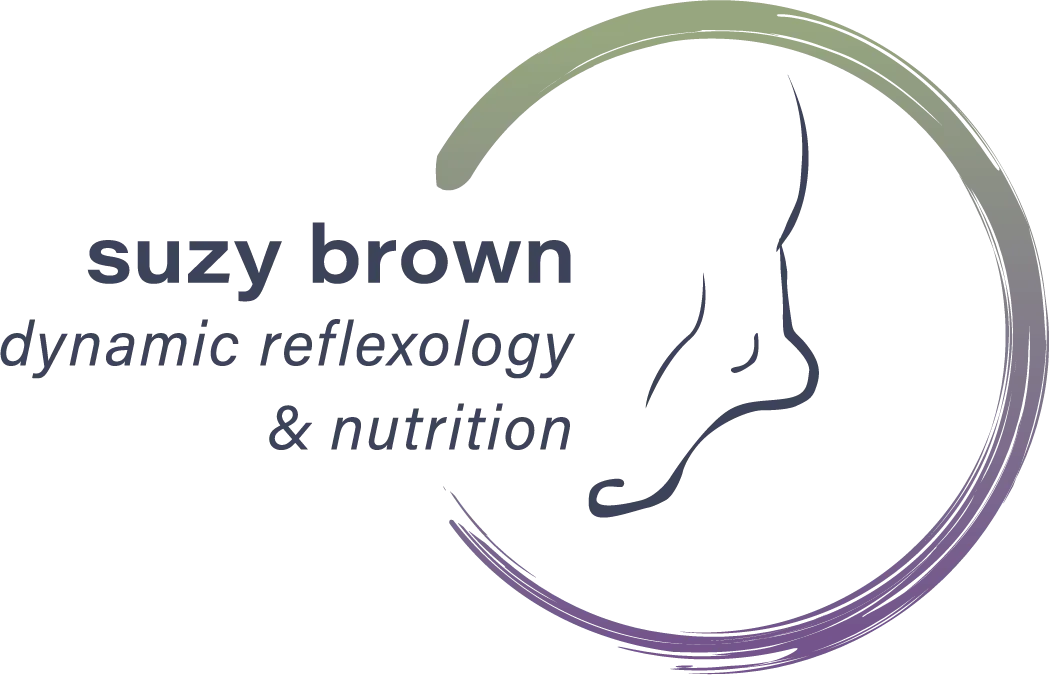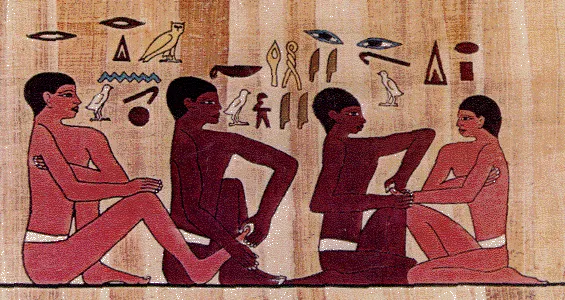
👣 Reflexology
👣 Find Relief, Restore Balance, Reignite Your Vitality
Time to relax your body & mind. Recharge & care for your soul.
Allow yourself the luxury of complete relaxation and experience the profound effects of reflexology on your
mind, body, and spirit.
Certified Reflexologist & Holistic Nutrition Practitioner
Mondays and Wednesdays
Tuesdays and Thursdays
👣 The History of Reflexology
Reflexology is an ancient healing art based on applying pressure to specific reflex points on the feet and hands. These points correspond to different systems and organs of the body, creating a “map” that can be stimulated to encourage balance and healing.

Ancient Roots
Evidence of reflexology dates back thousands of years. Archeologists have discovered stone-carved reflexology charts of Buddha’s feet from around 40 B.C. in China. Reflexology later traveled to Japan during the Tang dynasty and spread across Asia, including Korea and Thailand. In Egypt, hieroglyphics from 2400 B.C. in the tomb of Ankhmahor show practitioners performing foot and hand reflexology treatments. In India, foot reflexology became part of mainstream medical therapy, while in Europe—particularly Germany—the discipline flourished, with courses of study comparable to medical training.
Modern Development
In the early 20th century, Dr. William FitzGerald introduced “Zone Therapy,” dividing the body into ten longitudinal zones and observing that pressure in one part of a zone could affect another. His colleague, Dr. Joe Shelby Riley, created detailed reflex charts and developed pressure techniques. Riley’s physiotherapist, Eunice Ingham, took this work further. Through careful observation, she discovered that intermittent “thumb-walking” pressure on the feet could stimulate healing responses throughout the body. Ingham’s groundbreaking maps of the feet and hands became the foundation of modern reflexology, popularized through her book “Stories the Feet Can Tell.”
Scientific Validation
Reflexology is also supported by neurological research. In the late 19th century, Dr. Henry Head demonstrated the connection between skin and internal organs, while Nobel Prize winner Sir Charles Sherrington showed how the entire nervous system responds to localized stimulus. German researcher Dr. Alfons Cornelius observed how pressure influenced muscle contractions, circulation, body temperature, and even mental states.
Since the 1980s, more than 500 research studies worldwide have validated reflexology’s effectiveness for a wide variety of conditions. In Denmark, for example, reflexology is included in employee health programs, saving companies significant costs by reducing sick leave.
A Timeless Healing Practice
Throughout history, reflexology has been valued as a safe, non-invasive therapy that promotes relaxation, restores circulation, reduces stress, and supports the body’s natural ability to heal. Today, it continues to benefit people of all ages—from expectant mothers to the elderly—offering a pathway to balance and well-being that has stood the test of time.
Next Steps
Book a Reflexology Session or Nutrition Call
email Suzy at [email protected]
© 2025 suzy brown dynamic reflexology & nutrition. All rights reserved.